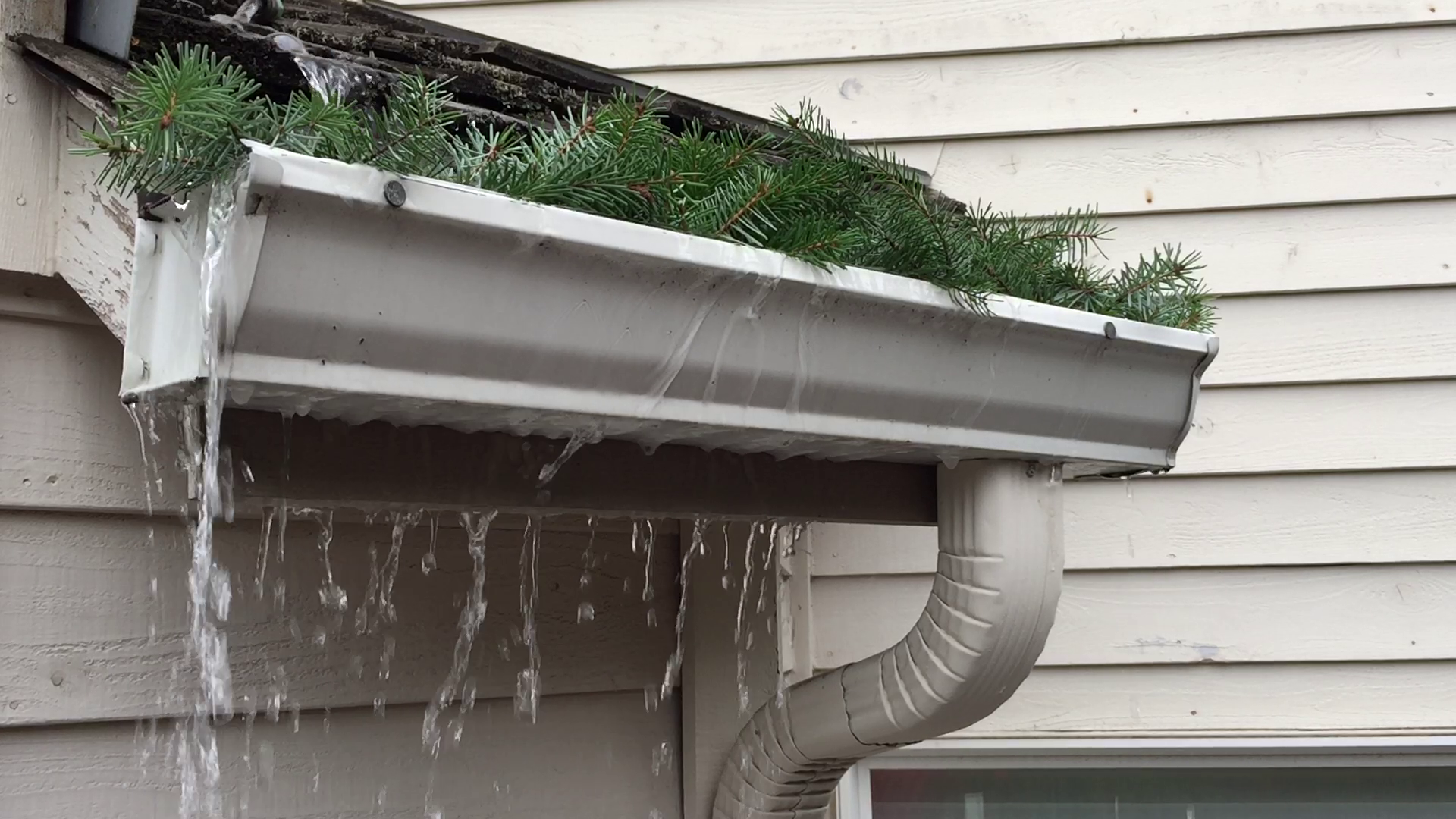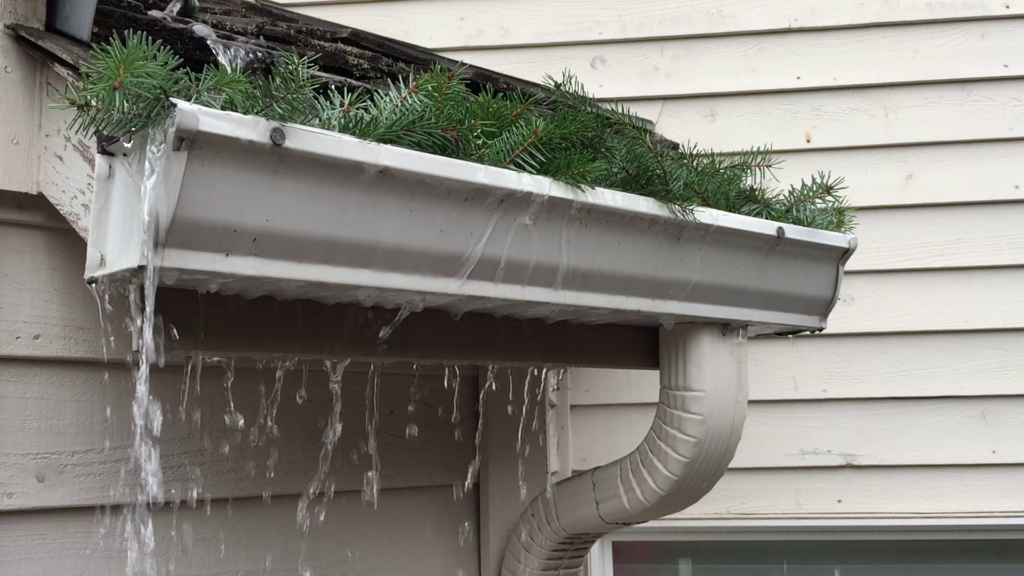Gutters might not be the most glamorous home improvement project, but they play a crucial role in protecting your home from water damage. When it comes to gutter installation, homeowners often find themselves at a crossroads: should you tackle the project yourself or hire a professional? Let’s dive into the pros and cons of both approaches.
The DIY Approach: Saving Money, Embracing the Challenge
Pros of DIY Gutter Installation
- Cost Savings: The most significant advantage of a DIY gutter installation is the potential to save money. Professional installations can be expensive, with costs ranging from $500 to $2,000 depending on your home’s size and complexity.
- Personal Satisfaction: There’s a unique sense of accomplishment that comes from completing a home improvement project with your own two hands. Successfully installing gutters can be a rewarding experience for handy homeowners.
- Flexibility: You can work on your own schedule and choose exactly the materials and style you want without relying on a contractor’s timeline or preferences.
Cons of DIY Gutter Installation
- Technical Complexity: Proper gutter installation requires precise measurements, correct pitch, and strategic placement. Mistakes can lead to water pooling, improper drainage, and potential damage to your home’s foundation.
- Safety Concerns: Working on ladders and roofs is inherently dangerous. Without proper safety equipment and experience, you risk serious injuries from falls or accidents.
- Time Investment: What professionals can complete in a day might take you several weekends. The learning curve can be steep, especially for those with limited home improvement experience.
Professional Installation: Expertise Comes at a Price
Pros of Professional Gutter Installation
- Expert Precision: Professional installers have the skills, tools, and experience to ensure gutters are installed correctly the first time. They understand local building codes and can navigate complex roof configurations.
- Quality Materials: Professionals often have access to higher-quality materials at better prices and can recommend the best solutions for your specific home.
- Warranty and Guarantee: Most professional installations come with warranties on both materials and workmanship, providing peace of mind and protection for your investment.
Cons of Professional Installation
- Higher Cost: The expertise and convenience come with a significant price tag. Professional installations are typically much more expensive than a DIY approach.
- Less Control: You’ll need to work around the contractor’s schedule and may have fewer options for customization.
- Potential for Overcharging: Some unscrupulous contractors might inflate costs or recommend unnecessary additional work.
Making Your Decision: Key Considerations
Before deciding between DIY and professional installation, ask yourself these questions:
- Do you have experience with home improvement projects?
- Are you comfortable working at heights?
- Do you have the necessary tools and equipment?
- What is your budget?
- How much time can you dedicate to the project?
Pro Tips for DIY Enthusiasts
If you decide to install gutters yourself, keep these tips in mind:
- Invest in high-quality materials
- Use proper safety equipment
- Watch multiple tutorial videos
- Measure twice, cut once
- Consider having a more experienced friend help you
- Don’t rush the process
Conclusion
While DIY gutter installation can save money, it’s not the right choice for everyone. Assess your skills, comfort level, and available time honestly. Sometimes, paying for professional expertise is the most cost-effective solution in the long run.
Remember, gutters are more than just a cosmetic feature – they protect your home from water damage. Whether you choose DIY or professional installation, ensuring proper water drainage should be your top priority.


